Almost immediately after Vladimir Putin launched his full-scale invasion of Ukraine, Western countries responded with a set of extreme economic sanctions. Yet while those sanctions have cut Russia off from much of the world's trading and financial systems there has been a great deal of hand-wringing over whether these measures have had any appreciable effect. This month Yasha Shatalov examines the Russian automobile industry to argue that these sanctions have indeed had an important impact.
Soon after Russia’s full-scale invasion of Ukraine began in February 2022, the United States and European Union began to levy increasingly damaging sanctions against the Russian state, its companies, and its citizens. The sanctions were intended to punish Russia and inflict such a high economic cost that it could not afford to continue the war.
As the war grinds on, Russia’s economy persists, seemingly unaffected by the West’s actions. Russia was able to replace its lost oil and gas exports to Europe with demand from China and India, and it added 22 billionaires the 2022 Forbes list of wealthy people.
Many pundits have concluded that the sanctions aren’t working and may be doing more harm to the countries that levied them than to Russia. However, a deeper look into the question of sanctions reveals damaging consequences to the Kremlin and its long-term war efforts.
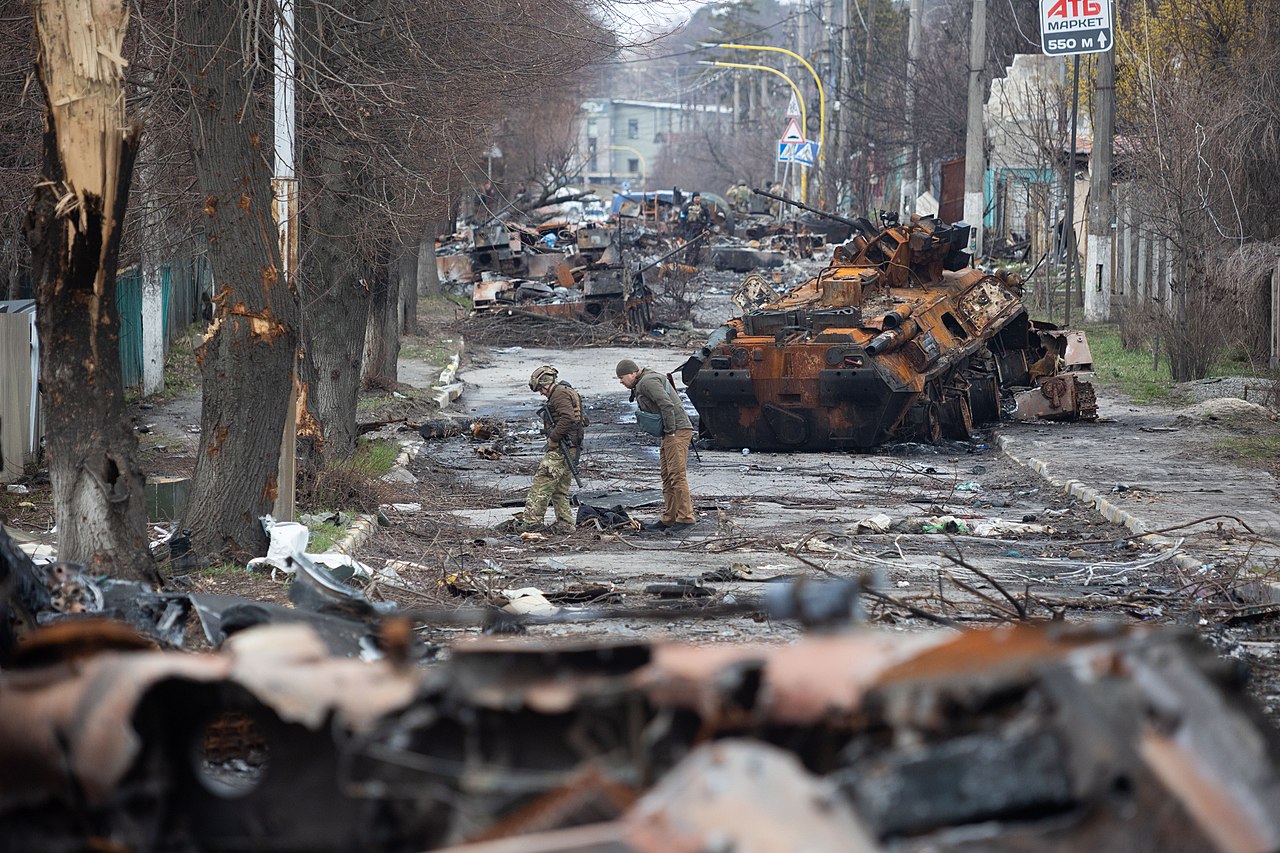
Sanctions fell into two main categories: financial and military.
Months after the war began, in one of the most visible effects of sanctions to date, major companies left Russia. Multinational giants such as McDonald’s, Exxon Mobil, H&M, and Deloitte exited amid intensifying public pressure. While public relations considerations strongly influenced the decisions to withdraw from Russia, the nature of the sanctions implemented against it left little choice for many foreign firms.
The decision of the United States and the European Union to ban Russia from SWIFT, the system by which international financial transactions are facilitated, instantly made conducting cross-border transactions with Russian subsidiaries nearly impossible. This was compounded by sanctions against major Russian banks and the withdrawal of Western banks from Russia.
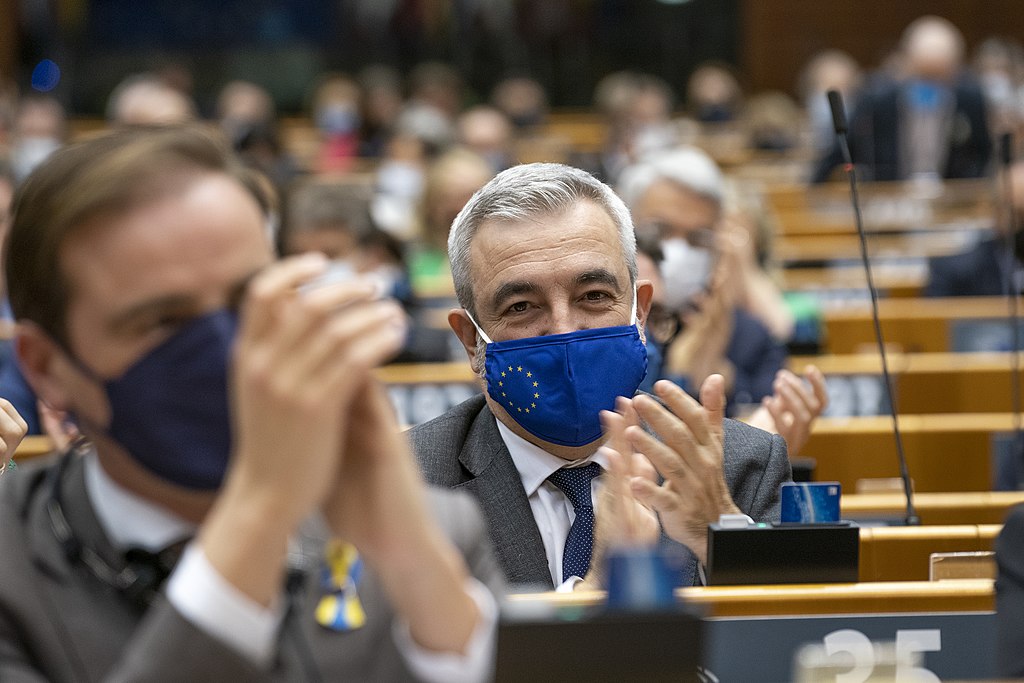
Since the war began, these factors have made the prospects of legally and safely conducting business in Russia extremely dim for foreign businesses that wish to stay in the West’s good graces.
Since Russia’s 2014 annexation of Crimea, the United States and European Union have also limited the types of military technology that can be exported to Russia—although captured Russian equipment demonstrates that the export of Western military tech had nonetheless continued up until the eve of the invasion (and appears to continue).
In the wake of the full-scale invasion of Ukraine, the West intensified efforts to limit Russia’s military industrial complex through sanctions that prevent the export of dual-use goods, or those that also have a legitimate commercial purpose. These sanctions materialized in bans on commercial electronics, raw materials, and equipment utilized in military production.
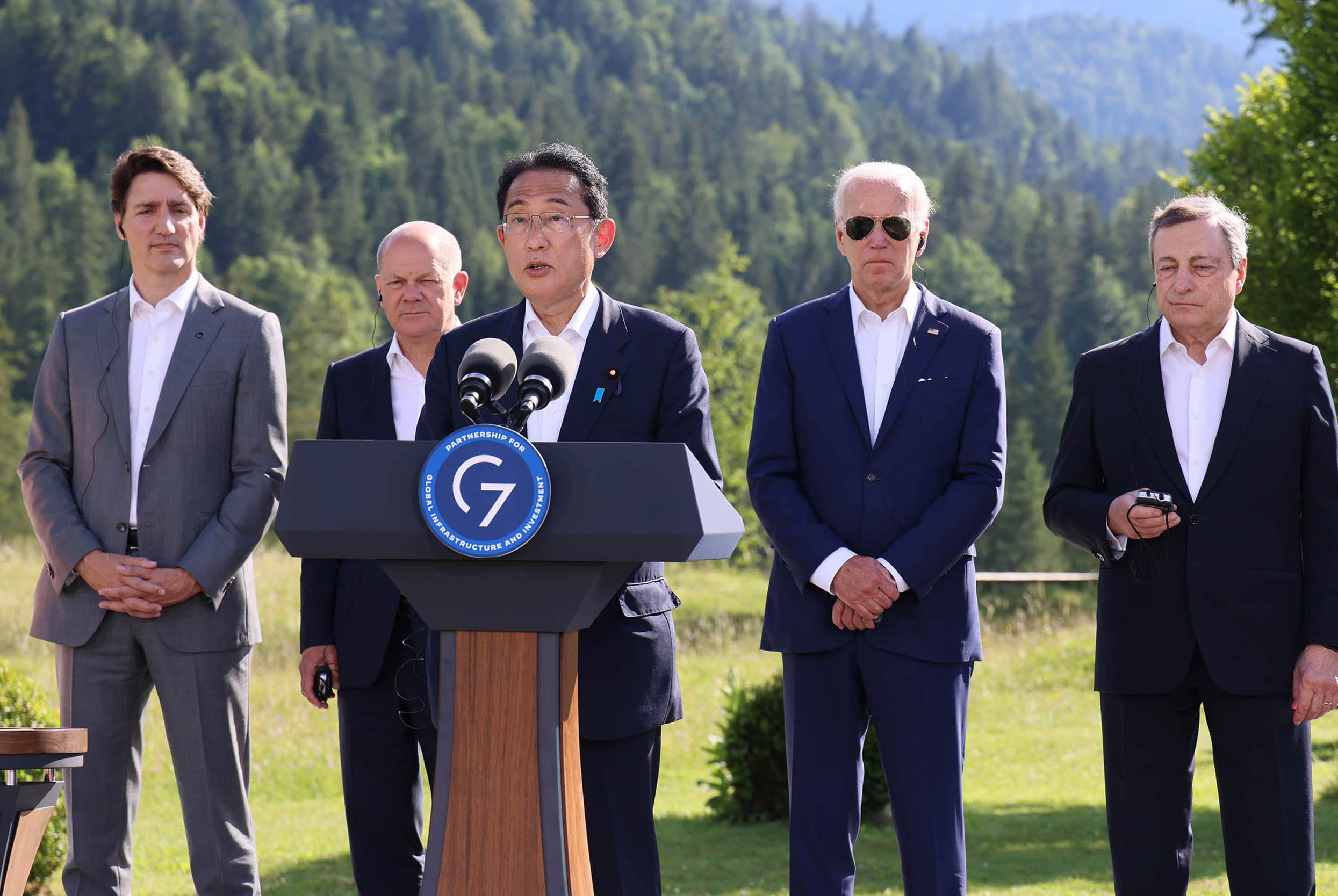
For example, Russia had adapted microchips from home appliances, such as washing machines and refrigerators, to work with military equipment like tanks and armored vehicles. In another instance, the engines of Bombardier light off-road vehicles were found in the Iranian Shahed drones that Russia has sent en masse against Ukrainian cities.
The sanctions nonetheless have hamstrung Russia’s ability to replenish their massive military losses. Missile and munition stocks have dwindled, and both production and repair of equipment have been hampered. This is evidenced by Russia’s fielding of increasingly old equipment drawn from Soviet stocks, and its turn to outside suppliers such as North Korea for desperately needed artillery shells.
While the focus of those who designed these sanctions prioritizes the impact on Russia’s ability to wage war on Ukraine in the short term, the secondary consequences on Russia’s economy are transformative and long-term.
Driving Back to the Soviet Union: Cars
Following the 1991 collapse of the Soviet Union, during the chaotic transition to capitalism, Western companies gradually expanded into Russia. The economic boom of the 2000s brought a flood of Western businesses and solidified the connections between Russia and the West.
Russia’s violation of the rules-based international order during its 2014 annexation of Crimea stymied but did not sever the connections with the West. However, what has occurred since February 24, 2022, has shattered the tenuous relationship between Russia’s economy and much of the world.
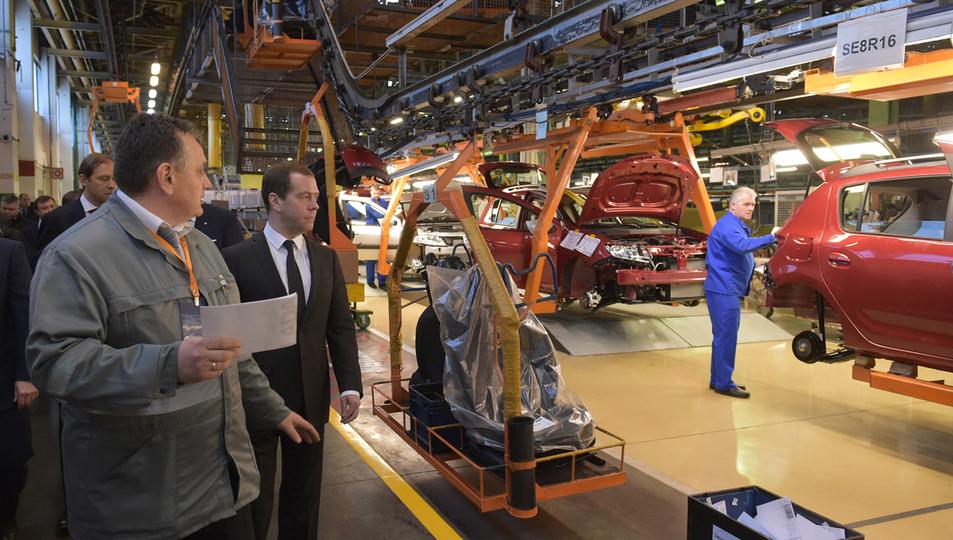
Russia’s automobile industry offers a glimpse into the secondary economic conflagration brought on by sanctions. Before the full-scale invasion, foreign manufacturers dominated the Russian automobile industry. French automaker Renault owned the majority share of AvtoVAZ, Russia’s largest domestic manufacturer.
The war has led all foreign automakers (aside from the Chinese) to pull out completely from the country or indefinitely halt operations. In some cases, these enterprises have been sold to the Russian government and nationalized for the token sum of a single ruble.
In the case of AvtoVAZ, its deep connections with the greater Renault supply chain meant that it could no longer produce its most modern cars and components. Technologies such as anti-lock brakes, GPS navigation, airbags, and emissions control systems were omitted due to supply issues related to sanctions. Since the end of 2022, however, these supply constraints have been largely resolved through increased trade with China and gray-market imports.
In response to the crisis facing the automobile industry, the Kremlin at first stalled and avoided making systemic changes, hoping for a swift conclusion of the war and return to normality.
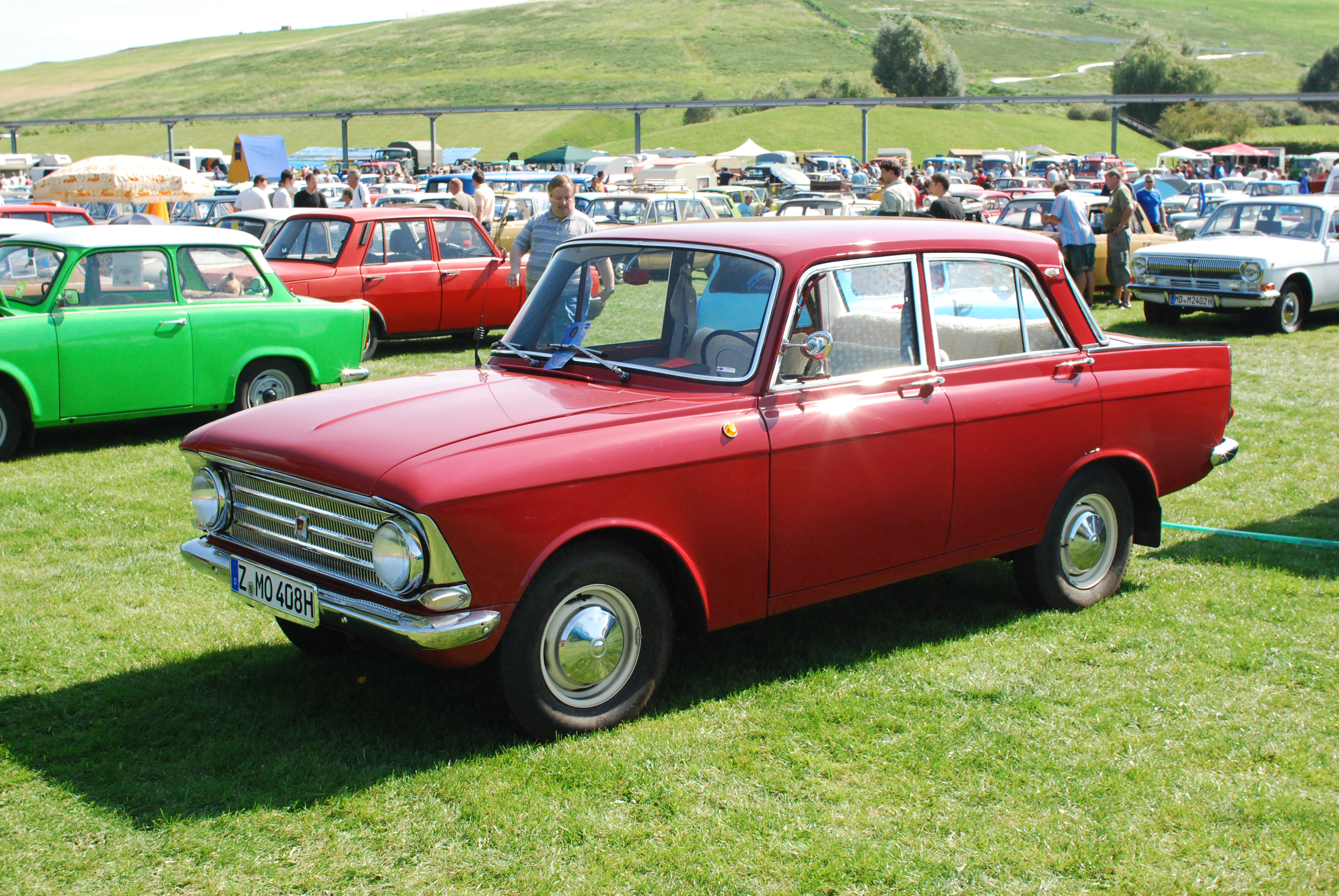
However, much publicity on state-affiliated media and bluster by Russian politicians surrounded the announcement in October 2022 that the nationalized Nissan factory located in Moscow would be transformed into the flagship Moskvich factory. Moskvich, a defunct Soviet brand that produced vehicles from 1930 to 2002, is steeped in nostalgia for the Soviet Union.
Resurrecting Moskvich aligned perfectly with Russia’s larger propaganda strategy. President Vladimir Putin equated the war to this generation’s World War II, a victory of immense significance to the Russian people.
This propaganda harkened back to an earlier phase of Soviet industrialization. Beginning in the late 1920s, Josef Stalin committed to building the Magnitogorsk Steel Works, an enormous complex on the model of American steel plants in Cleveland and Pittsburgh. Stalin’s ambitious plan involved creating the world’s largest steel works and an entire city on a site located in an unsettled location on the steppe, miles away from existing roads and rail lines, in just a few years.
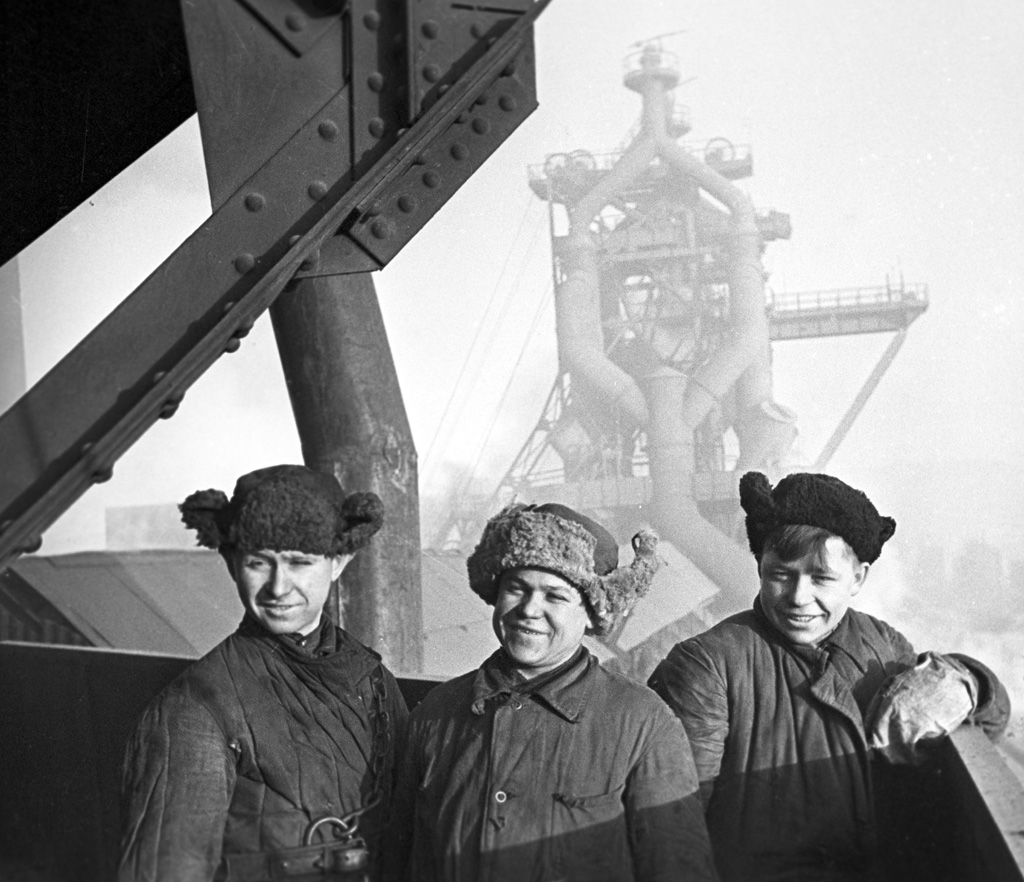
To accomplish this, Russia contracted American and European specialists to design and oversee the construction. The opening of the first blast furnace in record time was lauded by the Western contractors as the completion of an almost insurmountable feat. The leadership of the USSR called it a distinctly Soviet triumph, omitting the considerable role Western engineers and financiers played in the design and construction of Magnitogorsk.
After World War II under Premier Nikita Khrushchev and then again under Mikhail Gorbachev, the Soviet Union prioritized an expansion of its automobile industry to better serve private citizens. Again, the Soviets would turn to foreign technology transfer to achieve goals that would otherwise have cost significant time for R&D and human-capital development.
The Soviet Union signed an agreement with Fiat to license a modified version of their ubiquitous “124” sedan and for the construction of what would become the Lada factory in Togliatti, Russia.
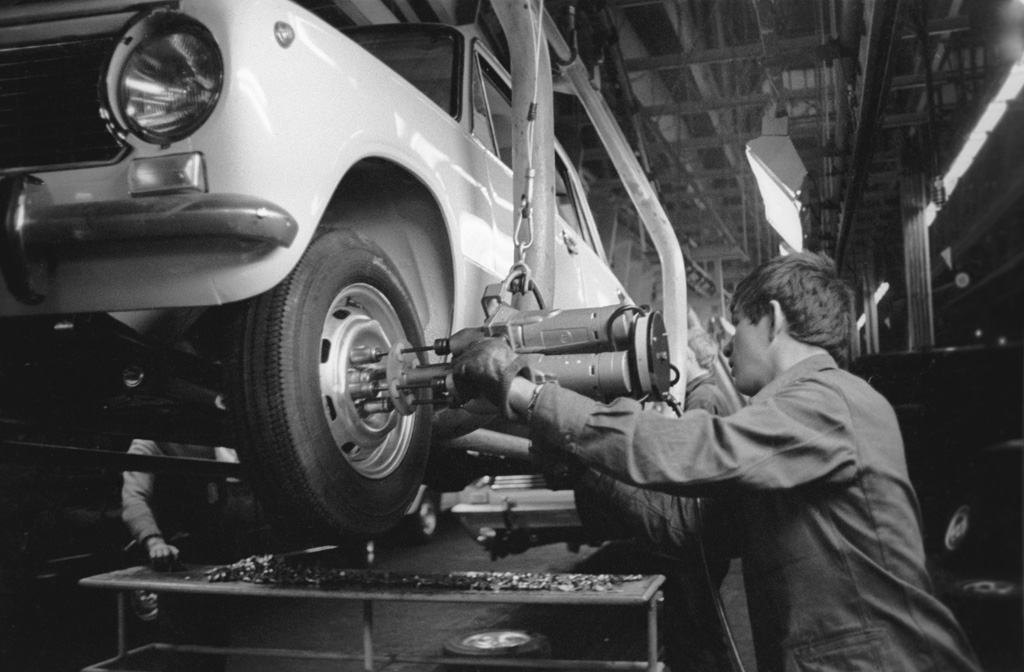
As part of the agreement, Italians trained Soviet workers to operate what was described as a state-of-the-art plant that rivaled the biggest and best that Europe and North America had to offer. While both the car and the factory were almost completely Italian in their engineering, they served as a propaganda piece that showcased Soviet parity with the West.
Today, Russia fell back on that same approach for the revival of the Moskvich automobile brand. Shanghai-based Chinese car manufacturer, JAC, was brought in as the main technical partner in this endeavor. JAC’s JS4 crossover was chosen to be the foundation of Moskvich’s model range.
In November 2022, Moscow’s mayor announced that the first Moskvich had rolled off the assembly line. In true Soviet fashion, the plan had been completed well ahead of schedule. By the end of the year, over two thousand Moskviches had reportedly been constructed at the Moscow factory.
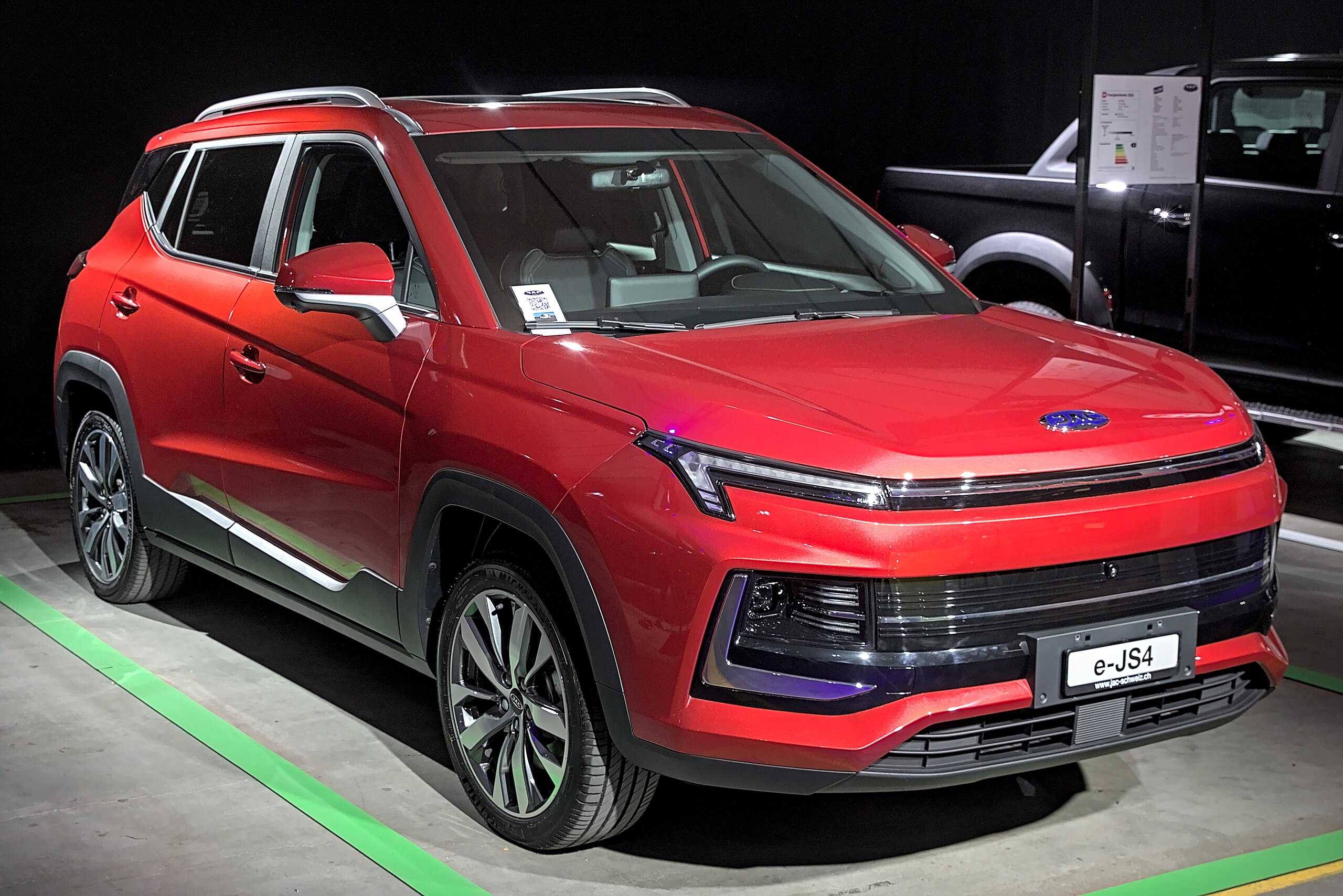
In reality, this supposed triumph over Western sanctions is little more than an exercise in propaganda built on the shortcuts of development pioneered during the Soviet era. Assertions that the new Moskviches are actually produced in Russia are flimsy at best.
Moskvich has arranged for its model, which is identical to the Chinese model aside from token cosmetic changes, to be pulled off the main assembly line in Shanghai and shipped to Moscow without its engine, transmission, suspension, and wheels attached. In Moscow, Moskvich employees then install all these components by hand, without the help of the robots utilized in every other modern automobile factory.
To be clear, this is all work that could more simply be completed at the JAC factory in Shanghai. The only reason for having the vehicles delivered from China in an incomplete state is to claim that Russia is beating sanctions and “producing” the vehicles domestically.
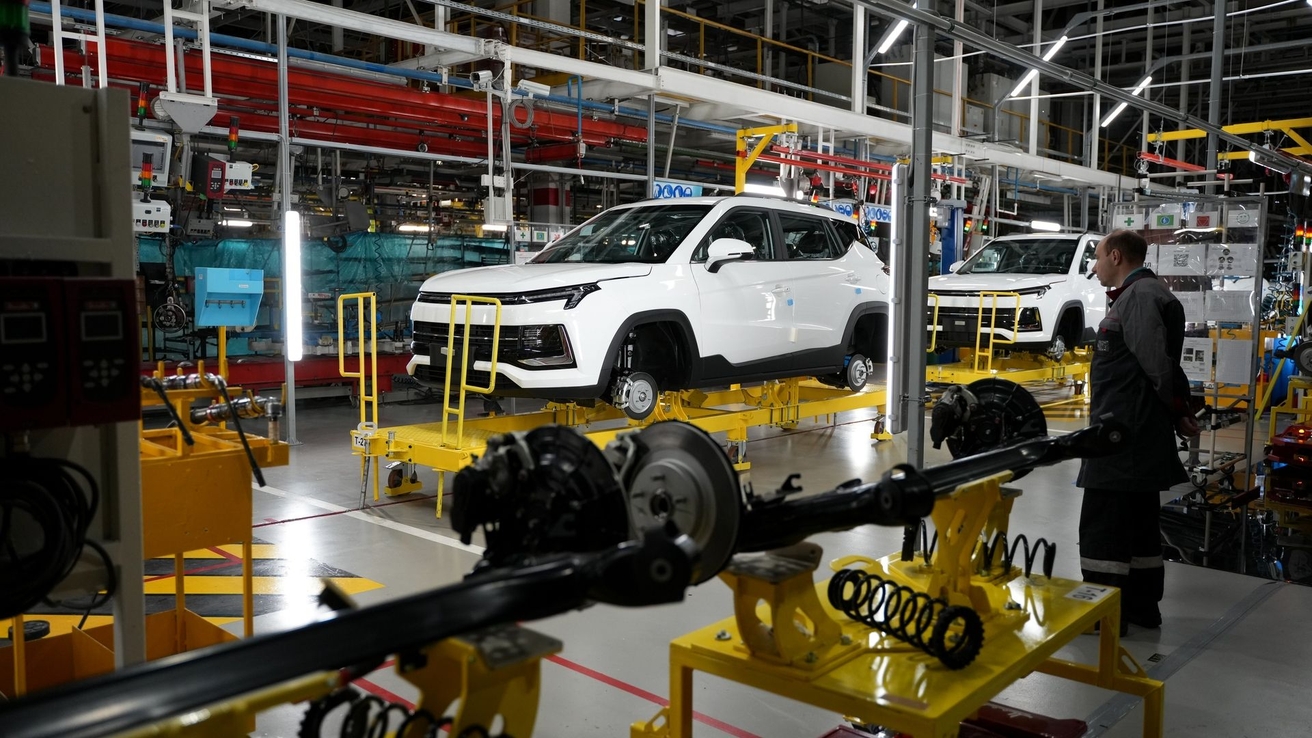
While Moskvich does plan to begin real production at its Moscow factory in the coming years, they have yet to start refitting it, which is likely to take many months and cost hundreds of millions of dollars. Included in the broader Moskvich strategic plan is the localization of the supply chain, which is currently based completely in China and under the control of JAC.
Moskvich estimates that the process of localizing the production of parts will take many years. This process will be entirely dependent on the funding of the Russian government and other investors who, if we take the experiences of recent startup automakers as an indication, will likely spend years shoveling money into these facilities with no promise of profitability.
China to the Rescue?
Why does it matter that Russia relies on China for trade and access to technology? Doesn’t the ability to sell goods and to substitute for sanctioned Western goods mean that sanctions haven’t succeeded?
To be clear, it is unlikely that policymakers seriously expected that sanctions alone would stop the war and send Russia into an economic and technological dark age. North Korea and Iran, both countries with significantly less geopolitical clout, have demonstrated over decades that they can survive and continue to develop advanced technologies under heavy sanctions.
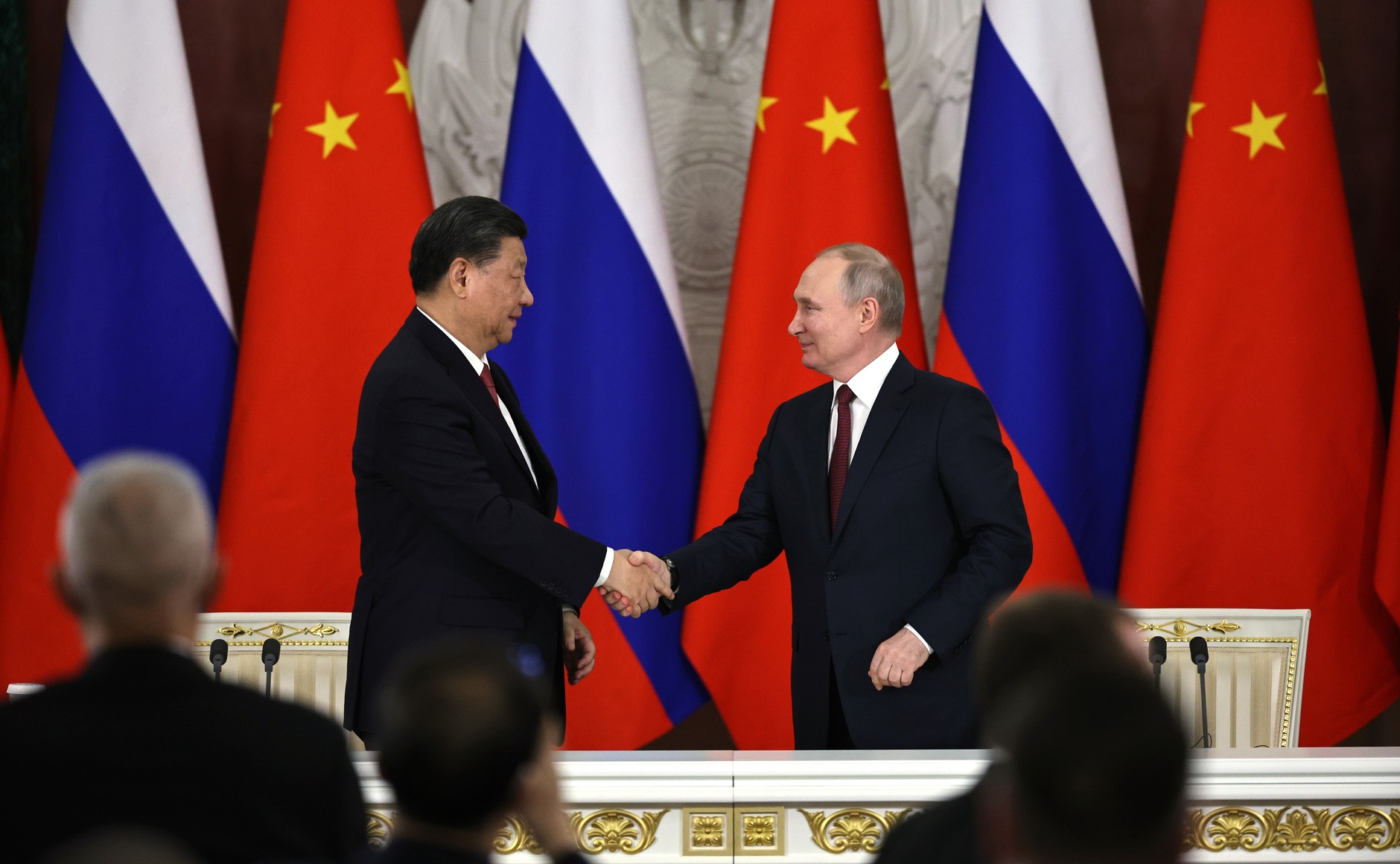
The significance of Russia’s dependence on China is that it now risks becoming a client state in certain regards. As with the automobile industry, other industries in Russia are likely to become dependent or even controlled by Chinese entities. Before sanctions, these companies had the flexibility to choose their own business partners. Now, they can either rely on Chinese companies or roll the dice with gray/black market imports of Western goods.
China has demonstrated a willingness to stop the flow of trade to achieve geopolitical objectives (most recently with Australia in a spat over Australia’s request for an investigation into the genesis of COVID-19). In addition, Chinese development “assistance” in foreign countries is designed to benefit China as much, and often more, than the country that China purports to help.
It is likely that long-term deals between Russia and China will be designed to bring huge payouts to Chinese firms, and to create structures of dependence difficult to undo.
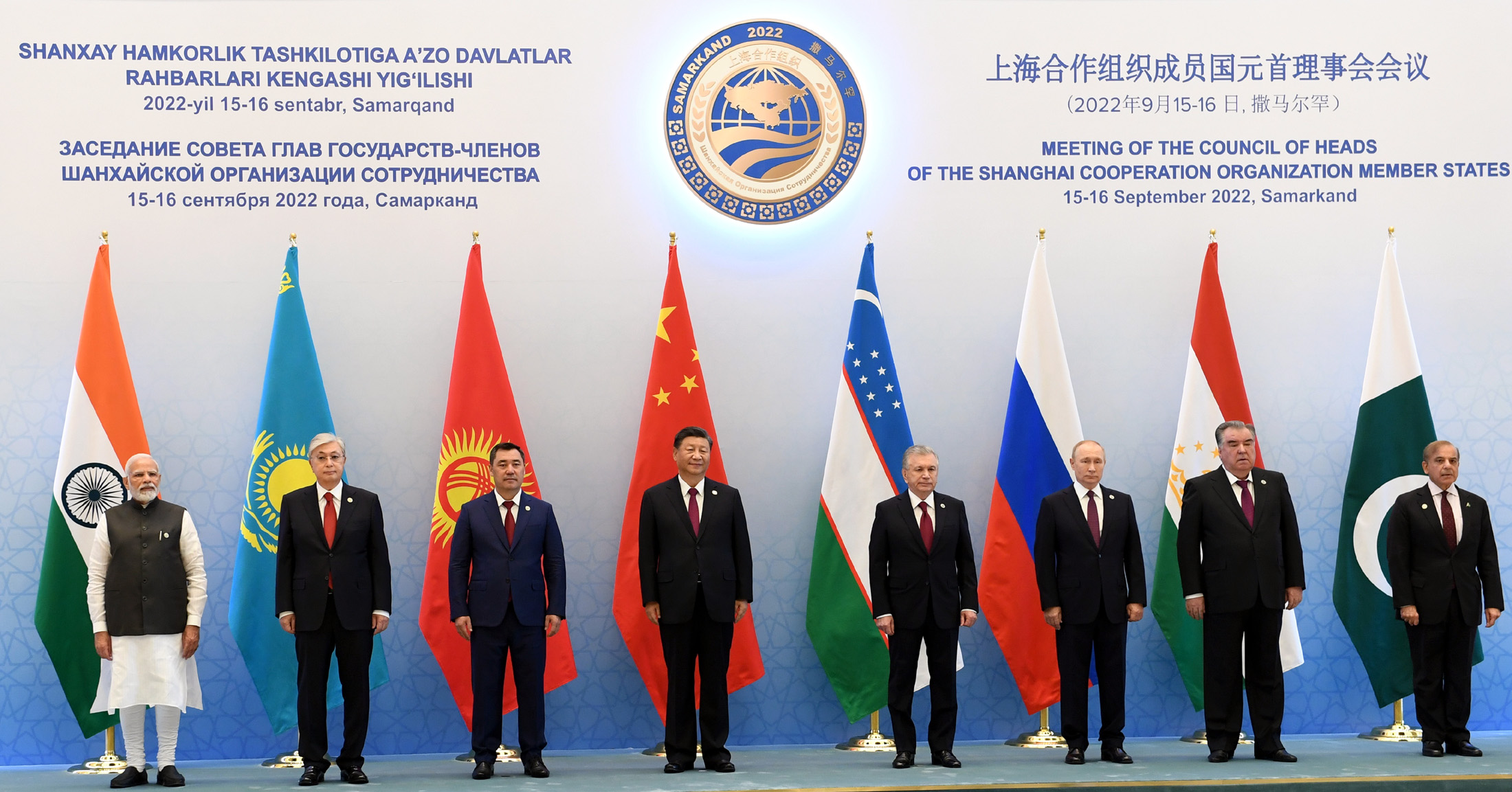
If this situation continues, Russia will become increasingly vulnerable to Chinese state policy, less technologically sophisticated (in terms of indigenous knowledge and capabilities), and more challenged by the transition away from Western technologies.
In addition, the substitution of Chinese tech and imports of dubious origin have come at a cost. Kommersant, a major Russian newspaper, reported in late 2022 that defective microchips increased from 2% to 40%. At the same time, prices of substituted products and gray market imports have risen astronomically.
Demand has far outstripped supply, compounded by the increasing presence of counterfeit and defective products. Prices for replacement parts for automobiles have increased multiple times over since the beginning of the war, making basic repairs and maintenance financially burdensome or even untenable for many Russians.
Sanctions in the Long-Term
So, yes, sanctions are working. But not in a way that is immediately obvious.
Russia’s airlines, for example, have also been devastated by a combination of the struggling economic situation, travel bans enacted by popular tourist destinations, and sanctions that limit airlines’ ability to service and fly their fleets of Airbus and Boeing passenger jets. The nation has refused to return hundreds of leased aircraft, which it now cannibalizes for spare parts. Recent reports have claimed that some airlines are now advising employees not to report issues with these aircraft, as the shortage of parts decreases reliability.
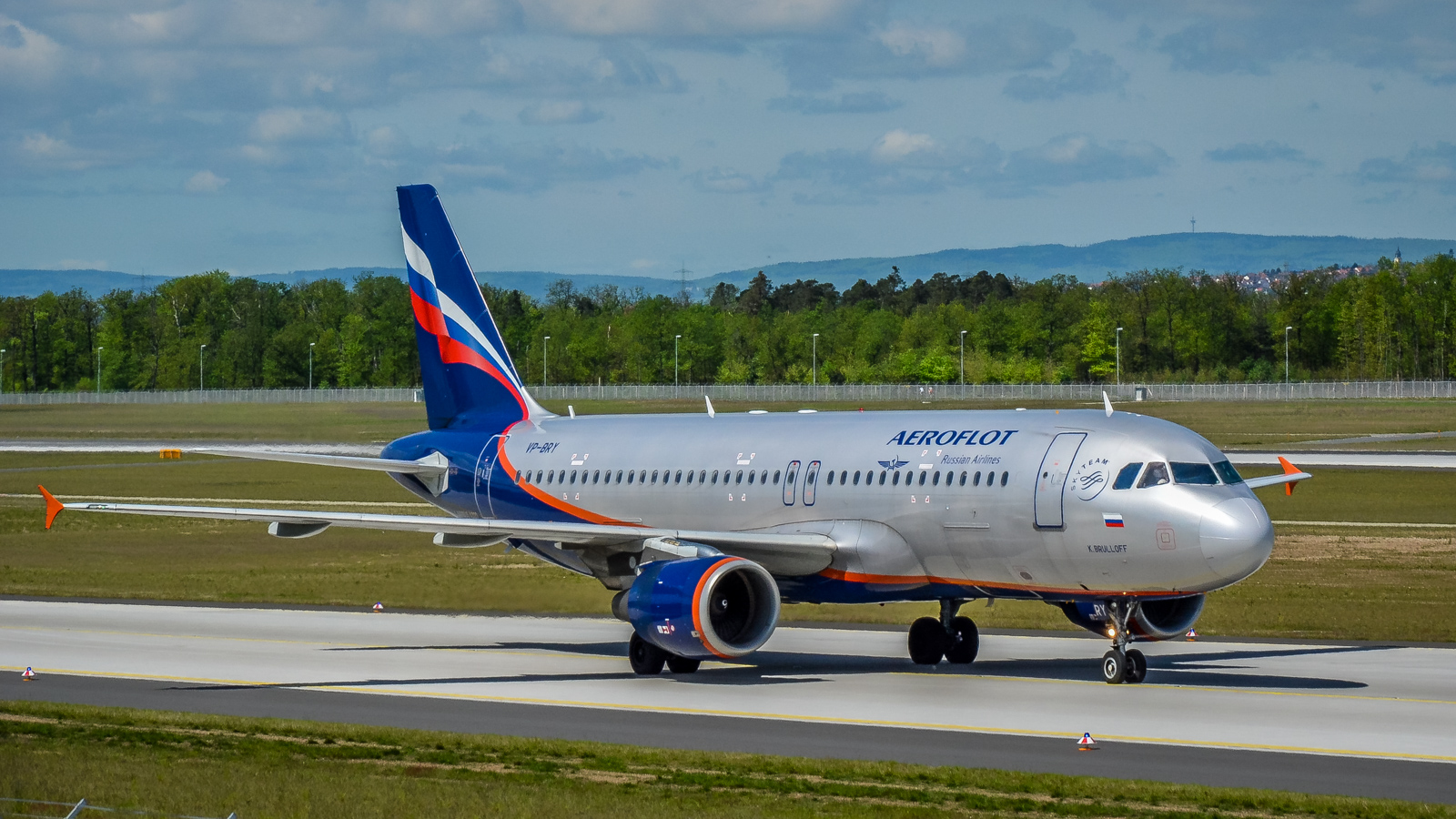
It is true that Russia continues to wage war on Ukraine, with many predicting it will take years for the economic costs to become determinative. Russians continue to have access to modern technology, goods, and services. Many of the world’s great powers, including those that appear to be firmly opposed to Russia, continue to do business with it when it would be inconvenient to find alternative partners.
So how could sanctions against Russia be working?
First, Russian revenues at the state level have dropped enormously since the war began, with expenditures increasing significantly.
The structure of Russia’s tax system means that territorial subunits (similar to American states, counties, and municipalities) receive a large chunk of their revenue from the shrinking federal coffers. This means that citizens will see decreasing quality of public services, infrastructure, and social support.
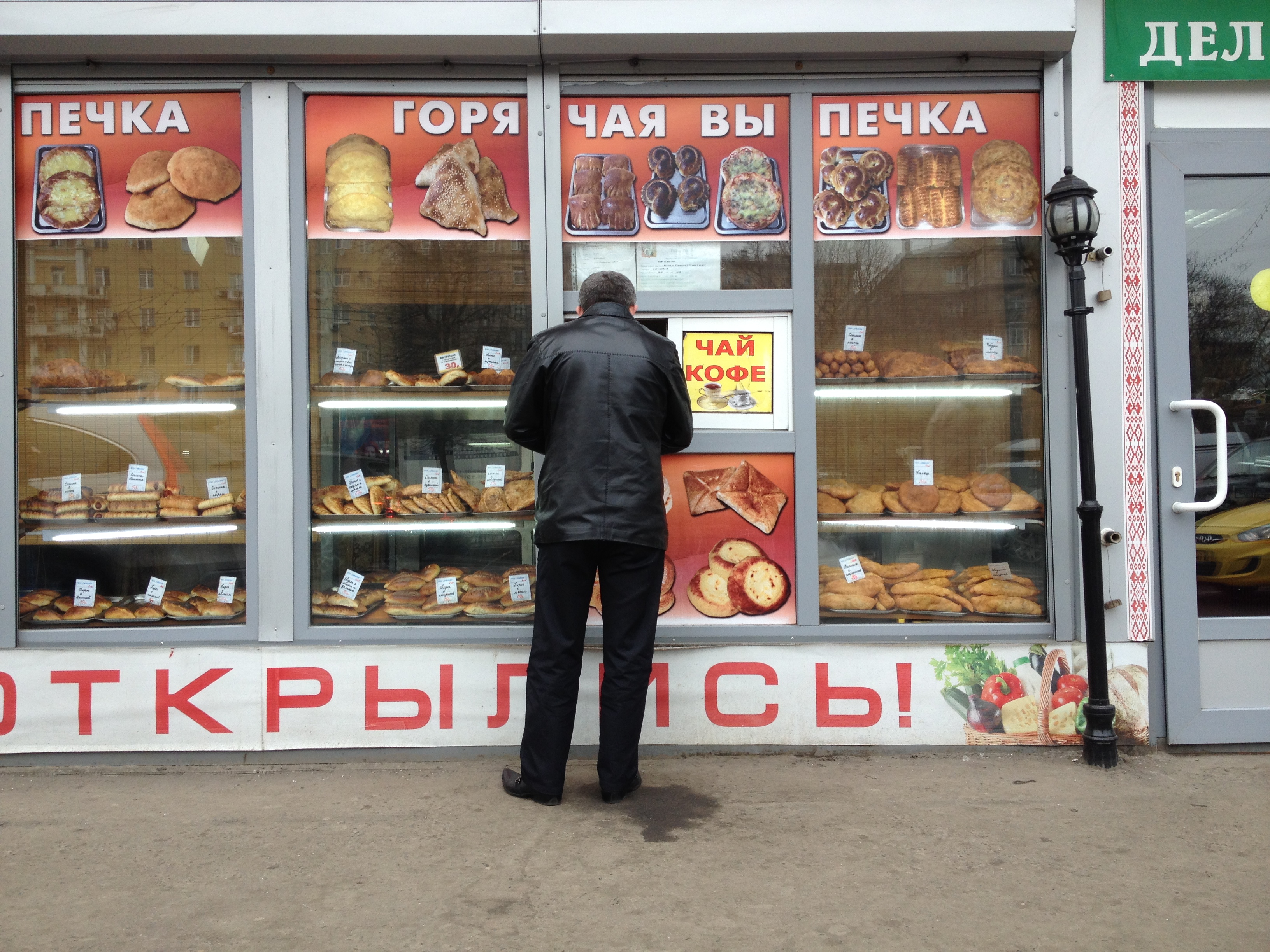
More broadly, this reduces the ability of the government to invest in projects that boost self-sufficiency, such as domestic production of complex microchips and electronics.
Second, decoupling Russia from the global economic system also introduces consequences that are difficult to quantify. Globalization and standardization provide inherent benefits to countries that are less able to invest in cutting-edge technologies.
For example, in the automotive sphere, Russia has indirectly benefited from stringent EU emissions regulations, which forced manufacturers to develop methods to make cars cleaner. While Russia did adopt some of these regulations, it was European companies that bore the costs of the development and implementation of these new emissions technologies.
Russia’s connection to the global market meant that their improvements in emissions efficiencies were externally subsidized; it did not make sense for manufacturers operating in Russia to produce a unique configuration solely for the Russian market.
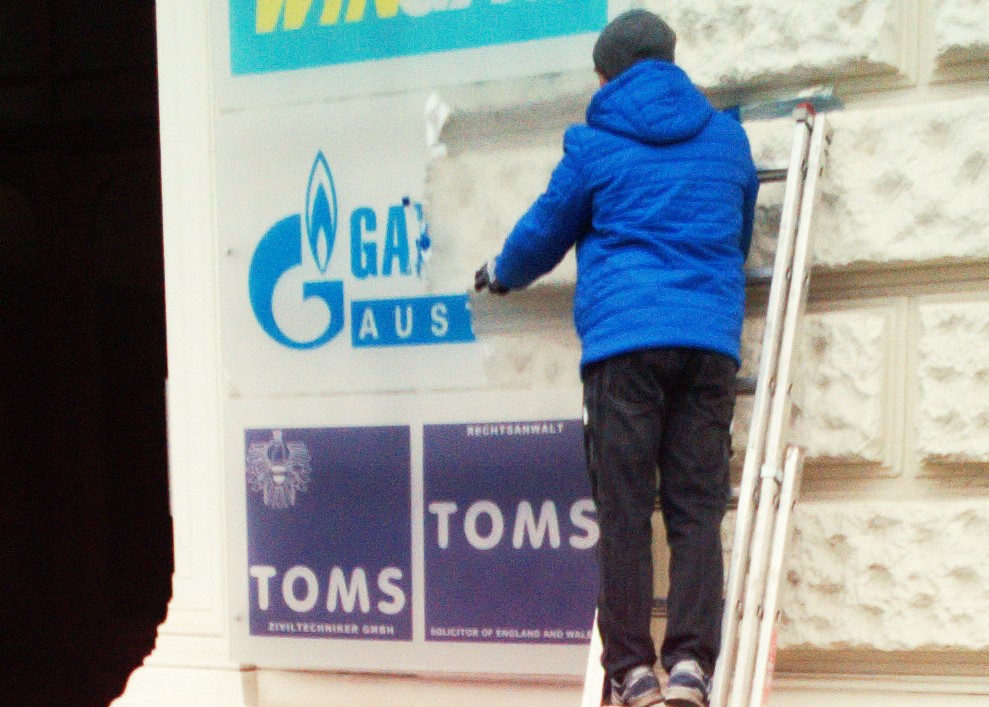
Decoupling Russia from the world economy means that foreign developments and regulations no longer subsidize the quality of goods, services, and life in Russia. Thus, Russia has become a captive market for domestic and Russia-allied companies, where shortages mean that consumers are likely to have no choice but to accept substandard and overpriced goods and services.
In the long term, sanctions create devastating economic losses and reduce access to global markets, with profound effects on the Russian economy and society. These changes will be characterized by the economic colonization of Russia by Chinese firms, with the backing of the Russian state.
True development of high-tech Russian domestic industries would require more than the propagandized charade currently on display. Neither Putin nor his oligarchs are willing to give up the lifestyles they have enjoyed in order to embark on such a long and costly project.
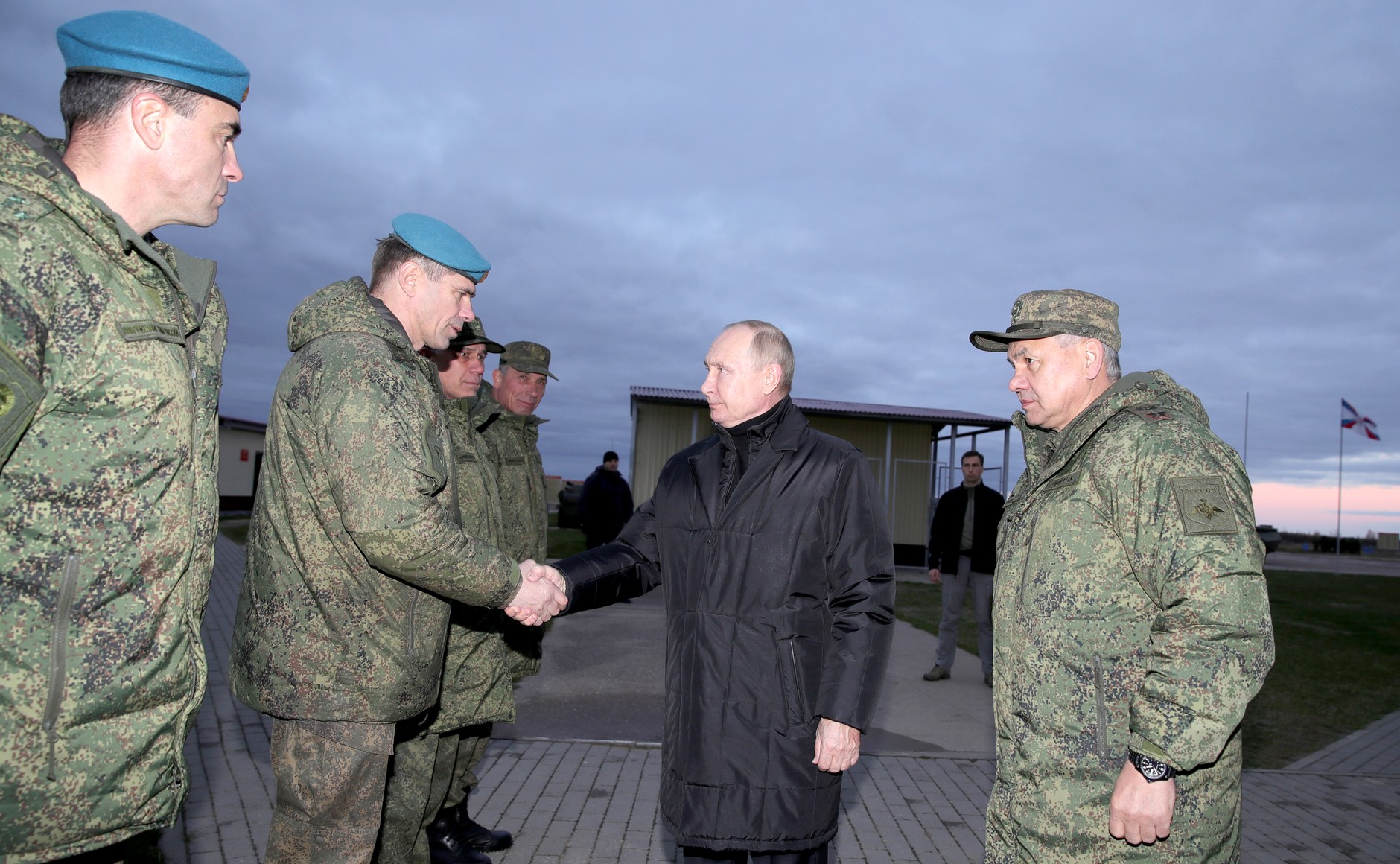
Furthermore, there is unlikely to be an inflection point where the ruble suddenly plummets and Putin announces Russia’s withdrawal from Ukraine. We will watch instead the crumbling of Russia’s economy, and of its governmental and social foundations
https://m.autostat.ru/ (Russian)
https://amp.cnn.com/cnn/2023/11/01/asia/north-korea-one-million-shells-russia-ukraine-war/index.html
https://www.cnbc.com/amp/2023/09/28/how-surging-trade-with-china-is-boosting-russias-war.html
https://fortune.com/2023/04/12/russia-risks-becoming-china-economic-colony-cia-director/amp/

